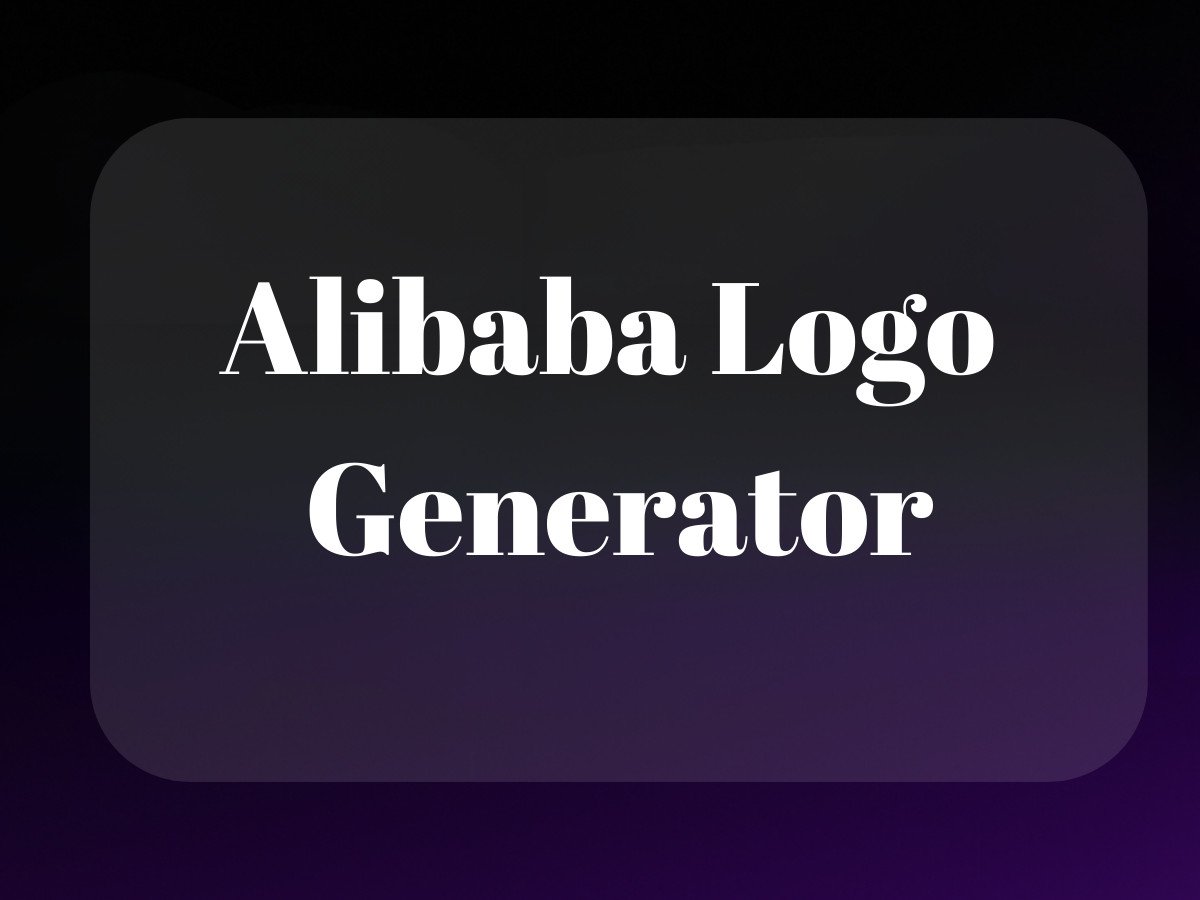Understanding Video Analytics: Beyond Just Watching Numbers Go Up
Remember when we thought artificial intelligence was all about robots taking over the world? Yet here we are, using AI to figure out why people aren’t watching our TikToks past the first 3 seconds. The gap between sci-fi dreams and reality is pretty amusing, isn’t it?
But here’s the thing about video analytics – it’s actually where AI is quietly revolutionizing how we understand human behavior, without the dramatic Hollywood endings. Think of it as having thousands of really observant interns watching your videos 24/7, except they never get tired, never miss a detail, and definitely don’t need coffee breaks.
What is Video Analytics? (Hint: It’s Not Just View Counts)

At its core, video analytics is the process of automatically analyzing video footage to extract meaningful insights. But calling it just “analysis” is like calling a smartphone just a “phone” – it barely scratches the surface of what’s actually happening under the hood.
Modern video analytics combines computer vision, machine learning, and AI to transform raw footage into actionable intelligence. It’s the difference between knowing 100 people watched your video and understanding exactly when they lost interest, what caught their attention, and why they decided to share it with their friends.
The Building Blocks of Video Analytics
Think of video analytics as a three-layer cake (yes, I’m hungry while writing this). The bottom layer is your basic video capture – cameras, sensors, and recording equipment. The middle layer is where the magic happens: processing infrastructure, whether that’s edge devices, servers, or cloud platforms. The top layer? That’s your analytics software and algorithms – the brain that makes sense of all that visual data.
Why Video Analytics Matters More Than Ever
Remember when “analytics” meant counting how many people walked through your store’s door? Those days are as distant as dial-up internet. Today’s video analytics can tell you not just how many people visited, but their emotional state, what caught their eye, and even predict what they might buy next.
The Real-World Impact
For content creators and brands, this technology is like having X-ray vision into your audience’s mind. You can see exactly where viewers drop off, which thumbnails work best, and what content patterns keep people coming back for more. It’s the difference between shooting in the dark and having a high-powered spotlight guiding your content strategy. For a deeper dive into these capabilities, check out this video analytics 101 guide.
Beyond Just Security Cameras
While security might have been video analytics’ first job, it’s definitely not its only gig anymore. From helping retailers optimize store layouts to enabling content creators to perfect their storytelling, video analytics has become the Swiss Army knife of digital intelligence. If you’re interested in the broader applications, this comprehensive guide is a must-read.
The Technical Foundation: How Does It Actually Work?
Let’s geek out for a minute (I promise to keep the tech jargon to a minimum). Video analytics works through what I call the “see, think, act” pipeline. First, it sees by preprocessing video footage. Then it thinks by extracting features and detecting objects. Finally, it acts by analyzing patterns and generating alerts or insights.
The AI Behind the Curtain
The real heavy lifting happens through a combination of computer vision algorithms (the “eyes”), machine learning models (the “brain”), and deep learning networks (the “experience”). These systems can process thousands of video frames per second, identifying everything from facial expressions to crowd patterns.
What makes this particularly interesting is how these systems learn and adapt. Unlike traditional programming where we had to specify every single rule, modern video analytics can learn from examples and improve over time – kind of like how a child learns to recognize cats after seeing just a few examples.
Real-Time vs. Forensic Analytics
There are two main approaches to video analytics: real-time and forensic. Real-time analytics is like having a super-attentive security guard who never blinks, while forensic analytics is more like having a really good detective who can piece together what happened after the fact.
The choice between these approaches often depends on your needs. Are you trying to catch shoplifters in the act? Real-time is your friend. Want to understand why your latest video series didn’t perform as well as expected? Forensic analysis might be more your speed.
How Video Analytics Works: The Technical Foundation

Let’s be honest – most explanations of video analytics feel like they were written by robots for other robots. As someone who’s spent years translating complex tech into human speak, I’ll break this down in a way that actually makes sense.
Think of video analytics like having thousands of incredibly detail-oriented interns watching your video footage 24/7. These “interns” (actually sophisticated AI algorithms) are scanning every frame, looking for specific patterns and events you’ve told them matter. But instead of getting tired or distracted, they maintain superhuman focus and consistency.
The Video Analytics Pipeline: From Pixels to Insights
The process starts with raw video footage – whether that’s from security cameras, social media content, or product demos. But raw footage alone is about as useful as an unorganized filing cabinet. The magic happens in what I call the “processing pipeline” – a series of steps that transform those meaningless pixels into actionable intelligence.
First, the system preprocesses the video, cleaning up the image quality and standardizing the format. Then comes the really interesting part: feature extraction. The AI identifies key elements in each frame – people, objects, movements, colors, text – basically creating a detailed inventory of everything it sees.
But here’s where it gets really cool (and slightly creepy): the system doesn’t just see these elements – it understands their relationships and behaviors. It can tell if someone’s walking normally or suspiciously, if a retail display is properly stocked, or if your YouTube thumbnail is likely to grab attention.
The Tech Behind the Magic
At its core, video analytics is powered by three main technologies: computer vision (the eyes), machine learning (the brain), and artificial intelligence (the decision-maker). These work together like a well-oiled machine – or more accurately, like a really efficient team.
Computer vision algorithms act as the system’s eyes, breaking down each frame into digestible data. Machine learning models then process this data, looking for patterns and anomalies based on their training. The AI layer ties it all together, making high-level decisions about what’s important and what actions to take.
Real-World Applications of Video Analytics
Remember when retail stores had to manually count customers or review hours of security footage to investigate incidents? Those days are rapidly becoming as outdated as dial-up internet. Modern video analytics solutions are transforming how businesses operate across every industry.
Security and Surveillance: Beyond Basic Monitoring
In the security world, video analytics has evolved from simple motion detection to sophisticated behavior analysis. Systems can now identify suspicious patterns, detect unauthorized access, and even predict potential security threats before they happen. It’s like having a security team that never sleeps and can be in multiple places at once.
For example, a major retail chain recently implemented intelligent video analytics and reduced shrinkage by 35% in the first year. The system didn’t just catch shoplifters – it identified patterns in theft behavior that helped prevent future incidents.
Business Intelligence: Turning Cameras into Data Scientists
For ecommerce brands with physical stores, video analytics is becoming an invaluable tool for understanding customer behavior. Heat mapping shows how people move through stores, dwell time analysis reveals which displays catch attention, and automated queue monitoring helps optimize staffing levels.
But it’s not just about retail. Manufacturing facilities use video analytics for quality control, detecting defects that human eyes might miss. Smart cities employ it for traffic management, reducing congestion by up to 20% in some cases.
Content Creation: Understanding What Works
For my fellow content creators out there, video analytics has become absolutely crucial for success. Whether you’re on YouTube, TikTok, or Instagram, understanding how viewers interact with your content can mean the difference between viral success and digital crickets.
Modern video analytics platforms don’t just tell you view counts – they provide deep insights into audience retention, engagement patterns, and even emotional responses. Think of it as having a focus group for every piece of content you create, but without the awkward one-way mirror setup.
The Future of Video Analytics
We’re standing at an interesting crossroads in video analytics technology. The integration of generative AI is opening up possibilities that seemed like science fiction just a few years ago. Imagine systems that don’t just analyze video content but can automatically generate optimized variations for different platforms or audiences.
Edge computing is another game-changer. By processing video data directly on cameras or local devices, we’re seeing faster response times and better privacy protection. It’s like giving each camera its own mini-brain instead of relying on a central nervous system.
But perhaps the most exciting developments are happening in the realm of predictive analytics. Systems are becoming increasingly capable of not just analyzing what has happened, but forecasting what might happen next. For businesses, this means moving from reactive to proactive decision-making.
The future isn’t about replacing human judgment – it’s about augmenting it. Video analytics tools are becoming more like collaborative partners than automated systems, helping us make better decisions faster while keeping the human element central to the process.
Implementing Video Analytics: Best Practices and Future Trends

Let’s be real – video analytics isn’t just about slapping some AI on your security cameras and calling it a day. Like any powerful tool, its effectiveness comes down to how thoughtfully you implement it. And trust me, I’ve seen enough botched deployments to write a horror story anthology.
The Implementation Trifecta: Privacy, Performance, and ROI
Here’s something that keeps surprising me: companies rush to implement video analytics without considering the three pillars that make or break any deployment. It’s like trying to build a house without checking if the ground can support it.
First up: privacy. We’re living in an age where data protection isn’t just nice-to-have – it’s essential. Your video analytics solution needs to balance effectiveness with ethical considerations. Think GDPR compliance, data minimization, and transparent policies about how you’re using video surveillance analytics. To make sure that your customers data is handled responsibly, it’s important to understand how to write a privacy policy for a website that clearly outlines what data is collected, how it is used, and who it is shared with.
Performance is next, and this is where things get interesting. Your intelligent video analytics system is only as good as its weakest link. That could be poor camera placement, insufficient network bandwidth, or – my personal favorite – trying to run advanced AI analytics on hardware that belongs in a museum.
The ROI Question Everyone’s Afraid to Ask
Let’s talk about the elephant in the room: return on investment. I’ve seen too many businesses implement video analytics solutions without a clear understanding of what success looks like. It’s like buying a Ferrari to deliver pizza – sure, it’ll work, but is it really the best use of your resources?
Camera analytics isn’t just about security anymore. The real value comes from integrating it with your broader business intelligence strategy. For retail, this might mean combining foot traffic analysis with sales data. For content creators, it’s about understanding viewer engagement patterns to optimize future content. For more insights on maximizing these strategies, refer to this video analytics guide.
The Future of Video Analytics: Beyond the Hype
Here’s where things get exciting (and where my inner sci-fi geek comes out to play). The future of video analytics isn’t just about better algorithms or faster processing – it’s about fundamentally changing how we interact with visual data.
AI Video Analytics: The Next Evolution
Remember when we thought facial recognition was cutting-edge? That’s like being impressed by a calculator when we’re heading towards quantum computing. The next wave of video analytics solutions will integrate multiple data streams, use predictive modeling, and operate at a level of sophistication that makes current systems look primitive.
Think about it: video content analysis that can not only identify objects and behaviors but understand context, predict intentions, and make proactive decisions. It’s like having thousands of highly trained observers working 24/7, except they never get tired, never miss a detail, and can process information at superhuman speeds.
The Democratization of Video Intelligence
Here’s what really gets me excited: we’re approaching a tipping point where sophisticated video analytics will become accessible to businesses of all sizes. The barriers to entry are dropping faster than a failed startup’s valuation.
Cloud-based video analytics platforms are making it possible for small businesses to access enterprise-level capabilities without massive infrastructure investments. It’s similar to how website builders democratized web development – suddenly, you don’t need a team of specialists to get started.
Making Video Analytics Work for You
So how do you actually make this stuff work in the real world? Start small, think big, and always keep your end goals in sight. Whether you’re using video analytics for security, business intelligence, or content optimization, success comes down to three things:
- Clear objectives and success metrics
- Proper infrastructure and integration planning
- Ongoing optimization and adaptation
The most successful implementations I’ve seen share one common thread: they treat video analytics as a journey, not a destination. Your needs will evolve, technology will advance, and your strategy should be flexible enough to adapt.
Final Thoughts: The Human Element
Let’s wrap this up with something that often gets lost in the technical discussion: at its core, video analytics is about enhancing human capabilities, not replacing them. It’s about giving us the tools to make better decisions, understand our environment more deeply, and focus on what humans do best – creative problem-solving and strategic thinking.
The future of video analytics isn’t just about better algorithms or more powerful processors. It’s about creating systems that work seamlessly with human intelligence, augmenting our capabilities while respecting privacy and ethical considerations. And that’s something worth getting excited about.
Whether you’re a small business owner looking to optimize your store layout, a content creator trying to understand your audience better, or a security professional working to keep people safe, video analytics is becoming an increasingly powerful tool in your arsenal. The key is approaching it thoughtfully, implementing it strategically, and always keeping the human element in mind.
Because at the end of the day, the best technology isn’t the one with the most features – it’s the one that helps us achieve our goals while making our lives easier. And that’s exactly what well-implemented video analytics can do.
Related Articles:
- Video Analytics YouTube: Secret Tools for Viral Content
- Video Analytics Software: Top Solutions for 2023
- Video Analytics Secrets: Decode Audience Behavior
Frequently Asked Questions
What is the meaning of video analytics?
Video analytics refers to the process of using software to automatically analyze video footage to detect and determine temporal and spatial events. It involves the application of algorithms to identify patterns, track objects, and extract meaningful information from video data. This technology is widely used in various sectors such as security, retail, and traffic management to enhance operational efficiency and decision-making.
What is an example of a video analytics?
An example of video analytics is the use of surveillance cameras in retail stores to monitor customer behavior. By analyzing video feeds, the system can identify patterns such as the most traversed paths in the store, detect suspicious behavior, or even provide heat maps showing the popularity of different product areas. This helps store managers optimize layout and improve customer service.
What is analytics for video content?
Analytics for video content involves examining video data to gain insights into viewer interactions and engagement. This can include metrics such as view count, watch time, audience demographics, and drop-off points. Content creators and marketers use these insights to refine their strategies, tailor content to audience preferences, and improve overall viewer experience.
Is video analytics part of AI?
Yes, video analytics is often considered a part of artificial intelligence (AI), as it involves the use of machine learning algorithms and computer vision techniques to analyze video data. AI technologies enable video analytics systems to learn from data, improve accuracy over time, and make intelligent decisions without human intervention. This integration enhances the capability of video analytics to deliver real-time insights and automate complex analysis tasks.
What is the purpose of video analysis?
The purpose of video analysis is to extract valuable information from video footage to support decision-making and enhance operational processes. It can be used for a variety of applications, such as improving security through real-time threat detection, optimizing retail operations by understanding customer behaviors, or managing traffic flow by analyzing vehicle patterns. Overall, video analysis helps organizations leverage video data to increase efficiency, safety, and effectiveness.
About the Author
Vijay Jacob is the founder and chief contributing writer for ProductScope AI focused on storytelling in AI and tech. You can follow him on X and LinkedIn, and ProductScope AI on X and on LinkedIn.
We’re also building a powerful AI Studio for Brands & Creators to sell smarter and faster with AI. With PS Studio you can generate AI Images, AI Videos, Blog Post Generator and Automate repeat writing with AI Agents that can produce content in your voice and tone all in one place. If you sell on Amazon you can even optimize your Amazon Product Listings or get unique customer insights with PS Optimize.
🎁 Limited time Bonus: I put together an exclusive welcome gift called the “Formula,” which includes all of my free checklists (from SEO to Image Design to content creation at scale), including the top AI agents, and ways to scale your brand & content strategy today. Sign up free to get 200 PS Studio credits on us, and as a bonus, you will receive the “formula” via email as a thank you for your time.




